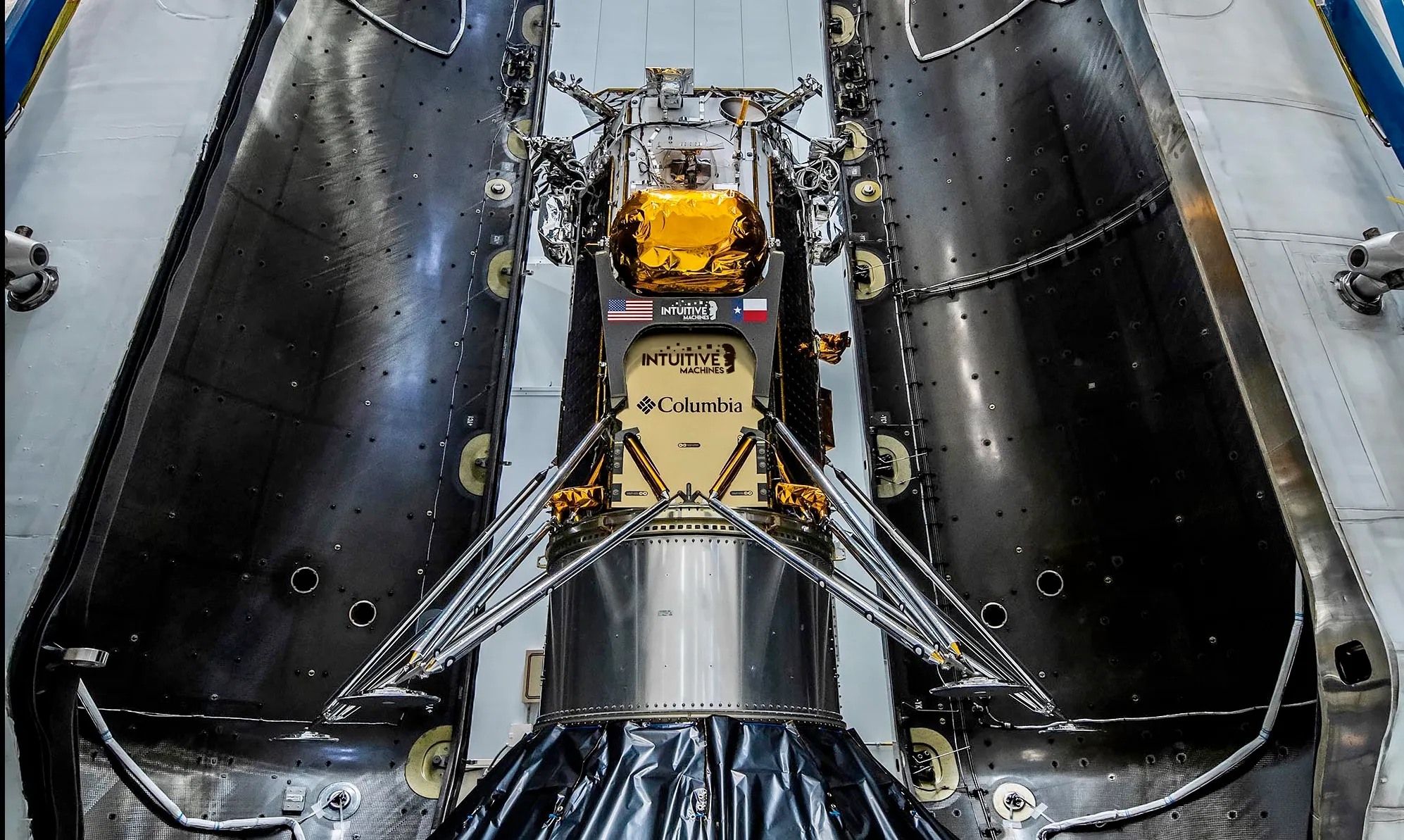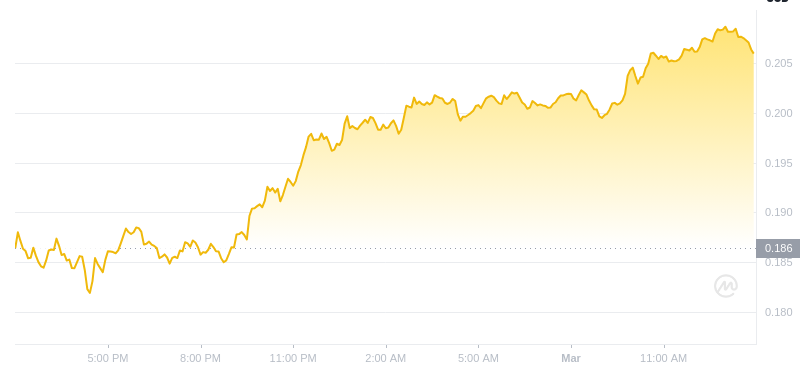
WASHINGTON — Intuitive Machines and SpaceX have confirmed plans to launch the IM-1 lunar lander mission as soon as Feb. 14, pending a fueling test on the pad later this week.
In a Feb. 5 statement, Intuitive Machines announced it was targeting a launch of its lander in a “multi-day window” that opens Feb. 14. Liftoff of the Falcon 9 from Kennedy Space Center’s Launch Complex 39A is scheduled for 12:57 a.m. Eastern that day.
The announcement came hours after a SpaceX official, speaking at a briefing about the upcoming launch of NASA’s PACE Earth science mission on another Falcon 9, confirmed that Feb. 14 date, which had been widely known in the industry but which neither NASA nor Intuitive Machines would disclose at a Jan. 31 briefing about the agency’s payloads on the lander.
“Our Intuitive Machines launch is targeting Feb. 14, Valentine’s Day,” said Julianna Scheiman, director of civil satellite missions at SpaceX, at the Feb. 5 briefing. “We’re tracking well to a Feb. 14 launch.”
One final milestone before that launch is a fueling test, or wet dress rehearsal, scheduled for Feb. 7. That is important for IM-1 since the lander needs to be loaded with liquid oxygen and methane propellants while on the launch pad shortly before launch, a procedure that required modifications to the infrastructure at LC-39A.
“We’ll be performing essentially a tanking test, or wet dress rehearsal, for that spacecraft on Feb. 7,” she said, to confirm that the spacecraft can be fueled on the pad.
While Intuitive Machines said in its statement that it had a multi-day window, Scheiman said the mission had a three-day window, with launch opportunities Feb. 14 through 16. Intuitive Machines previously stated that a launch any day in that window would set up a landing attempt on Feb. 22.
The 675-kilogram lander, called Odysseus by the company, is carrying six payloads for NASA through a Commercial Lunar Payload Services (CLPS) award valued at $118 million. It is also carrying six commercial payloads, ranging from sportswear company Columbia to artist Jeff Koons. The commercial payloads also include Eaglecam, a camera developed by students at Embry-Riddle Aeronautical University that will eject from the lander during its final descent to the surface to attempt to photograph the landing.
If IM-1 is successful, it will be the first private mission to land softly on the moon after three previous failed attempts. The Beresheet lander by Israel’s SpaceIL crashed during its descent to the lunar surface in 2019, and the HAKUTO-R M1 lander from Japanese company ispace crashed attempting a landing in April 2023. Astrobotic’s Peregrine lunar lander suffered a propellant leak hours after its Jan. 8 launch that prevented the spacecraft from attempting a lunar landing.


 DogeHome
DogeHome CryptoPotato_News
CryptoPotato_News Optimisus
Optimisus TheCoinrise
TheCoinrise DogeHome
DogeHome CoinsProbe
CoinsProbe Coin_Gabbar
Coin_Gabbar






















